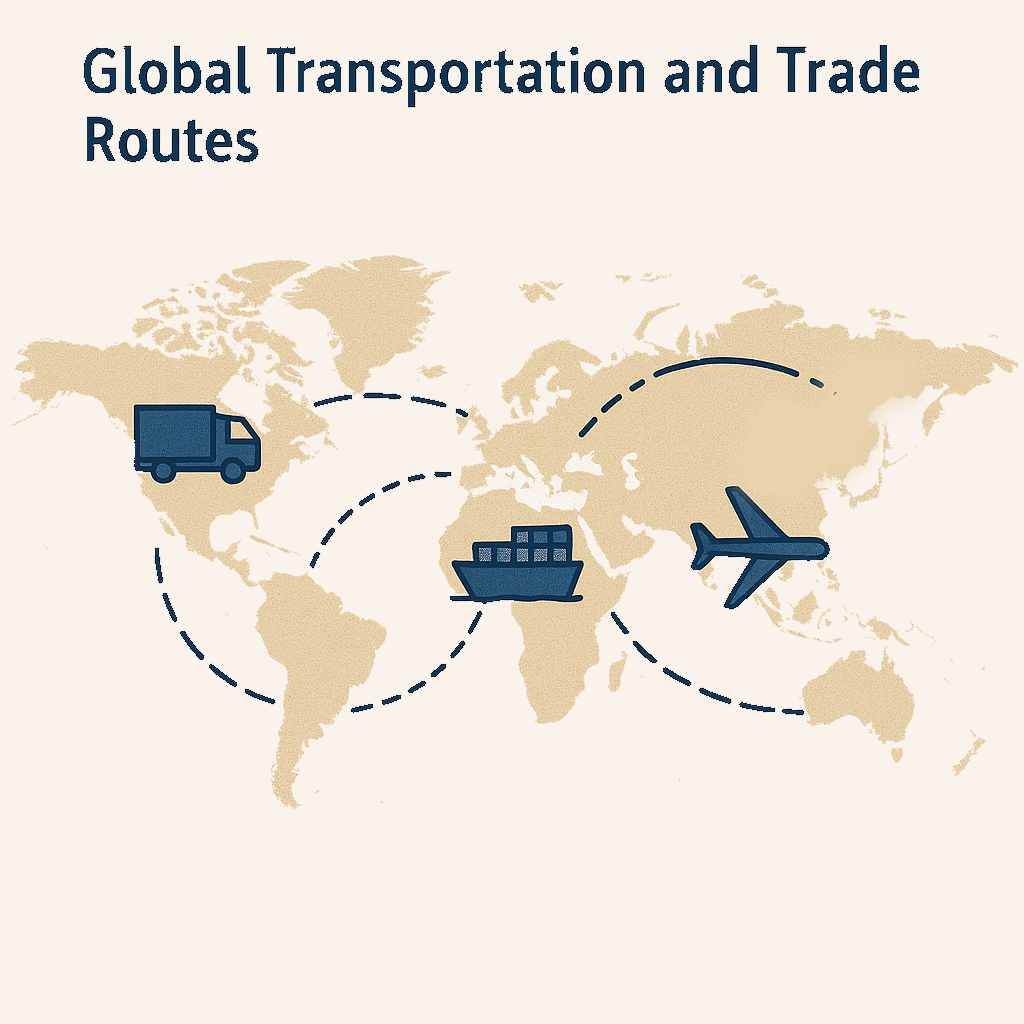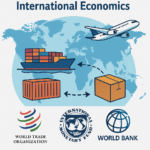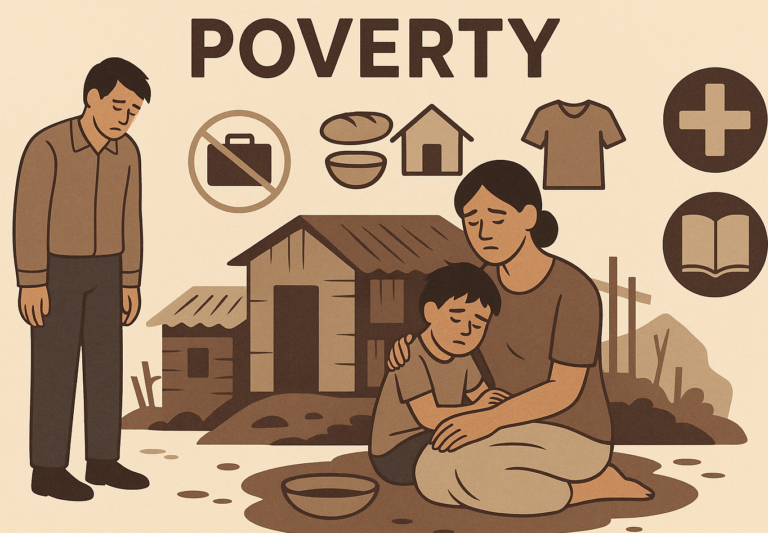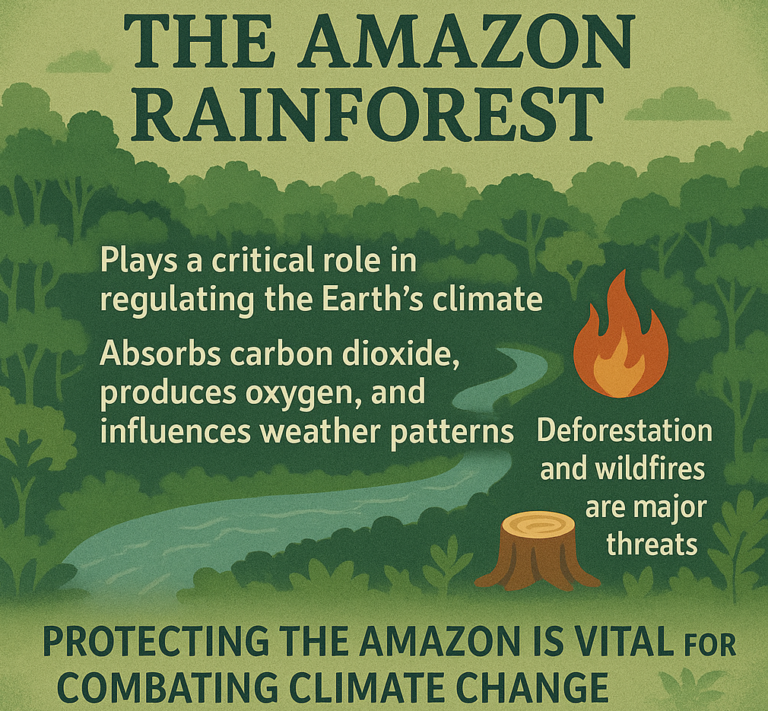Global Transportation and Trade Routes: How Goods and People Move Around the World
Transportation and trade routes are the pathways that help move goods and people from one place to another. These routes connect countries, cities, and even continents, enabling the global exchange of products, resources, and ideas. Let’s break down the key concepts of global transportation and trade routes in an easy way

What Are Global Transportation Routes?
Transportation routes are paths that people, goods, and services travel along. These routes can be over land, sea, air, or even space. The world’s transportation infrastructure includes roads, railways, ports, and airports, all of which are crucial for moving goods and people.
Here are the main types of transportation routes:
- Land Transportation Routes:
- Roads: Highways, streets, and expressways allow vehicles to transport goods and people over land. Trucks, cars, buses, and trains use these routes.
- Railways: Trains run on rail tracks, moving large amounts of goods and people, especially in countries like the United States, China, and India.
- Sea Transportation Routes:
- Shipping Lanes: The oceans are used for transporting goods between countries via cargo ships, tankers, and freighters. Ships move products like oil, food, electronics, and raw materials.
- Ports: Large cities with ports, such as Singapore, Rotterdam, and Los Angeles, act as global hubs for shipping, connecting goods from one part of the world to another.
- Air Transportation Routes:
- Airlines: Airplanes fly across air routes between airports, carrying passengers and cargo. These routes are essential for global business, travel, and fast-moving goods.
- Cargo Airplanes: Special planes transport high-value, perishable, or time-sensitive items like electronics, medical supplies, and flowers.
What Are Global Trade Routes?
Trade routes are paths that facilitate the exchange of goods between regions or countries. Historically, these routes were established to transport valuable goods like spices, silk, and precious metals. Today, trade routes are modernized systems that carry everything from food and oil to electronics and machinery.
Here are some of the most important global trade routes:
- The Silk Road (Ancient Trade Route)
- Overview: The Silk Road was an ancient network of trade routes that connected the East (China) to the West (Europe). It was used for trading silk, spices, and other goods.
- Modern Impact: Though it’s no longer in use, the Silk Road set the stage for future global trade and helped spread ideas, culture, and technology between the East and West.
- The Suez Canal (Important Sea Route)
- Location: Egypt
- Overview: The Suez Canal is a man-made waterway that connects the Mediterranean Sea to the Red Sea, allowing ships to bypass the long journey around Africa.
- Importance: The Suez Canal is one of the busiest trade routes in the world, allowing goods to move between Europe, Africa, and Asia more quickly.
- The Panama Canal (Strategic Sea Route)
- Location: Panama
- Overview: The Panama Canal is another key waterway that connects the Atlantic Ocean to the Pacific Ocean, allowing ships to travel between both oceans without having to go around South America.
- Importance: It saves time and fuel for ships carrying goods, making it an essential part of global trade, especially for countries involved in Americas-Asia trade.
- Trans-Siberian Railway (Land Route)
- Location: Russia
- Overview: The Trans-Siberian Railway is one of the longest railroads in the world, connecting Moscow in Russia to the Pacific Ocean port of Vladivostok.
- Importance: It is a crucial route for land-based trade between Europe and Asia, transporting goods like coal, metals, and machinery.
- The Strait of Malacca (Strategic Sea Route)
- Location: Between Malaysia and Indonesia
- Overview: The Strait of Malacca is one of the busiest maritime trade routes in the world, connecting the Indian Ocean with the Pacific Ocean.
- Importance: It’s a critical route for oil, manufactured goods, and other resources between Asia, Europe, and the Middle East.
How Global Trade Routes Impact the World
- Boosting Economic Growth
- Trade Routes enable countries to exchange goods and resources, creating economic connections and boosting economic growth.
- Nations can export goods they have in abundance and import goods they lack, leading to better availability and variety of products in every country.
- Connecting Markets and People
- Transportation routes help businesses access new markets, allowing products and services to reach customers around the world. This increases competition, drives innovation, and provides more choices for consumers.
- Air, sea, and land transportation also allow people to travel across the globe for work, tourism, or education.
- Facilitating Global Supply Chains
- Most products we use daily are made from materials sourced from different parts of the world. For example, smartphones may be assembled in China, using parts from South Korea, Japan, and the U.S.
- Trade routes are essential for these global supply chains, allowing goods to be shipped from one country to another efficiently.
- Increasing Global Interdependence
- As countries rely on one another for goods and services, transportation and trade routes make countries more interconnected.
- Problems in one region (e.g., a shipping lane blockage or a railway strike) can affect global trade, showing how much the world depends on these networks.
Challenges Facing Global Transportation and Trade Routes
- Congestion
- Some key trade routes, especially shipping lanes and airports, can become congested, causing delays and increased costs for goods and travelers.
- For example, the Strait of Malacca and Suez Canal are some of the busiest routes, and any disruptions (e.g., ship accidents or geopolitical tensions) can lead to significant delays in global trade.
- Environmental Impact
- Transportation, especially by airplanes, ships, and trucks, contributes to carbon emissions, which is harmful to the environment.
- There is increasing pressure on industries and governments to make transportation more sustainable and eco-friendly.
- Security Threats
- Trade routes can be vulnerable to piracy (in places like the Horn of Africa), terrorism, and geopolitical tensions, which can disrupt global supply chains and raise the risk of goods being stolen or damaged.
- Technological Advancements
- Automation and AI are changing how goods are transported. For instance, self-driving trucks and drone deliveries are expected to become more common, making transportation more efficient but also posing challenges to traditional jobs in the transportation sector.
Summary
Global transportation and trade routes are the vital networks that help goods, services, and people travel around the world. They include land routes like roads and railways, sea routes like shipping lanes and canals, and air routes that connect cities across continents. These routes are crucial for economic growth, connecting markets, and supporting global trade and supply chains.
However, challenges such as congestion, environmental impact, and security threats can affect the efficiency of these routes. As the world continues to evolve, new technologies and strategies will help shape the future of global transportation and trade.











